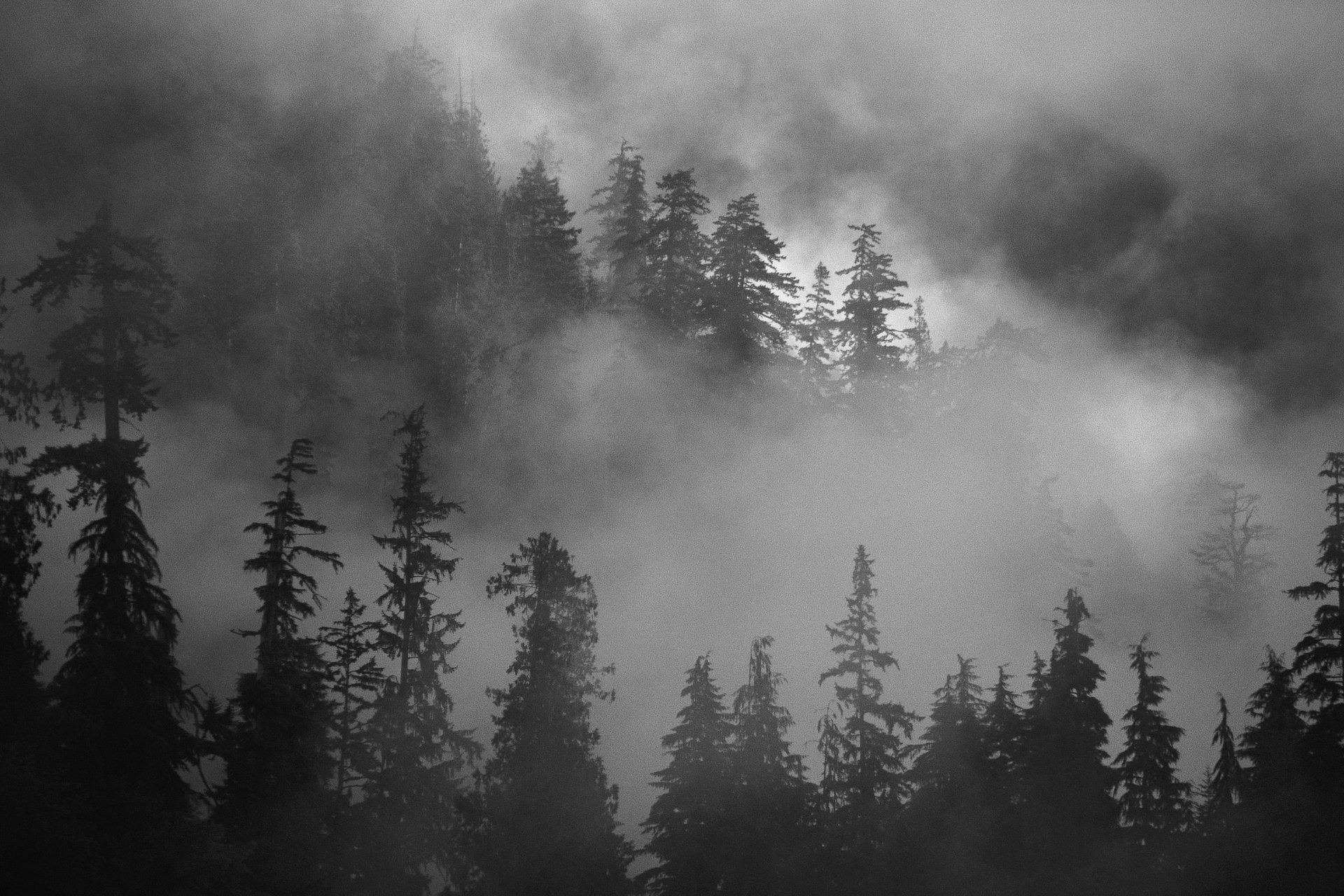Legend Has It ... Ringing Rocks
- Heather Slawecki
- Dec 21, 2019
- 3 min read
Updated: Jan 11, 2020
In Upper Black Eddy, Pennsylvania there's a mysterious seven-acre boulder field where rocks live, but little else does.
Use the arrows or click on the thumbnails to scroll through the album.
As a kid, we visited Ringing Rocks State Park on class trips, enjoying the pastime of hammering a rock to hear a bell tone and exploring the hiking trails that lead to the highest waterfall in Bucks County.
But the same rock was scattered across most of our backyards, especially those who lived near Haycock Mountain and Stoney Garden Road. The boulders were our playground where we spent time exploring, climbing or simply sitting and talking with friends on them. As an adult, I'm much more fascinated by the natural occurrence that created them.
A little history
This captivating boulder field was created 200 million years ago, as the land mass that became Africa pulled away over time to create the Atlantic Ocean. The continental rift caused volcanoes, leaving behind layers of rock that oozed out through the sediment before cooling down.
The rocks that formed through this natural phenomenon are called diabase, which means “formed by fire.” During the Ice Age, Bucks County endured intense cold cycles, which resulted in the fractured bedrock, creating the field. The stones are piled high and go down deep, preventing exposure of soil, which would otherwise allow the area's common foliage to grow. As a result, little wildlife inhabits the zone.
Some claim that there are also supernatural forces at work, including abnormal magnetic fields and strange electromagnetic activity. They believe this activity is why there's no wildlife, arguing it explains why even insects steer clear and why birds won't fly above it.
Geologists will tell you one thing for certain, most rocks don't ring. It's a rare occurrence, found in just a handful of places around the world. Close by, Pottstown also has its share of ringing rocks.
Rocks that ring are known as lithophonic rocks. Not all of the rocks in the park ring. Those that do are considered “live” rocks. Those that don't, “dead.” The iron content is said to be the reason the live rocks make their special ring tone.
FUN FACT: Ringing Rocks and Stonehenge have a few things in common
























Comments